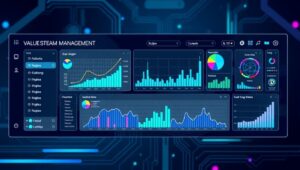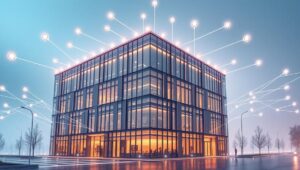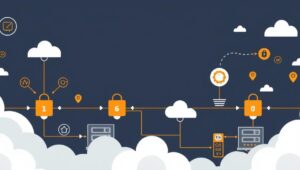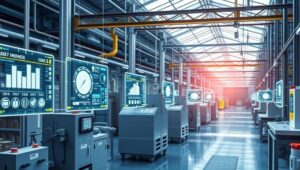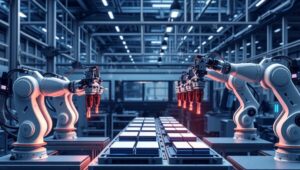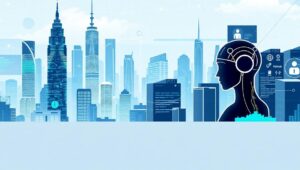May 19, 2025
Value Stream Management in Software Delivery (2026 Focus)
Value Stream Management in Software Delivery: A 2026 Perspective Value Stream Management (VSM) has become increasingly critical in software delivery. This article explores how VSM will evolve by 2026, focusing on key trends, challenges, and opportunities. What is Value Stream Management? Value Stream Management is a methodology that analyzes, visualizes, and improves the flow of value delivery. In software, this means optimizing every step from ideation to deployment and feedback. The goal is to reduce waste, increase efficiency, and deliver value to the customer faster. Key Trends Shaping VSM by 2026 AI-Powered Insights: AI will play a significant role in
